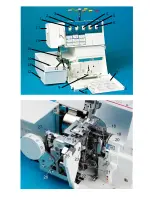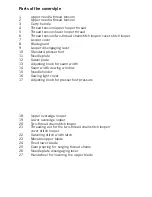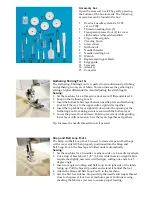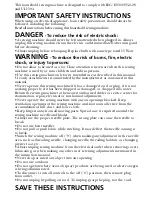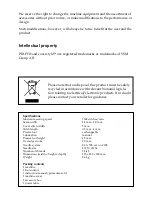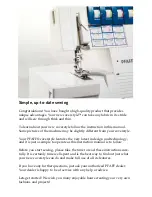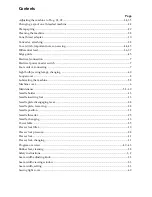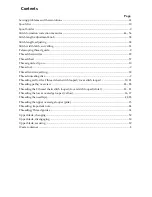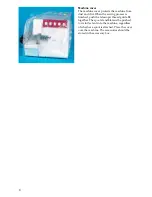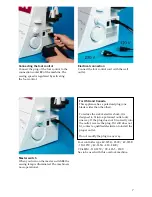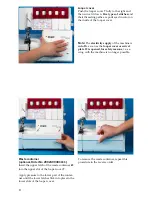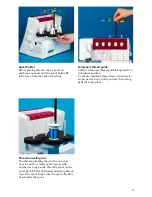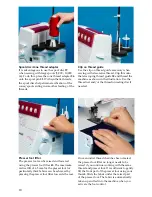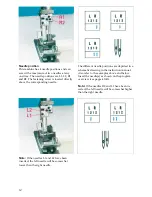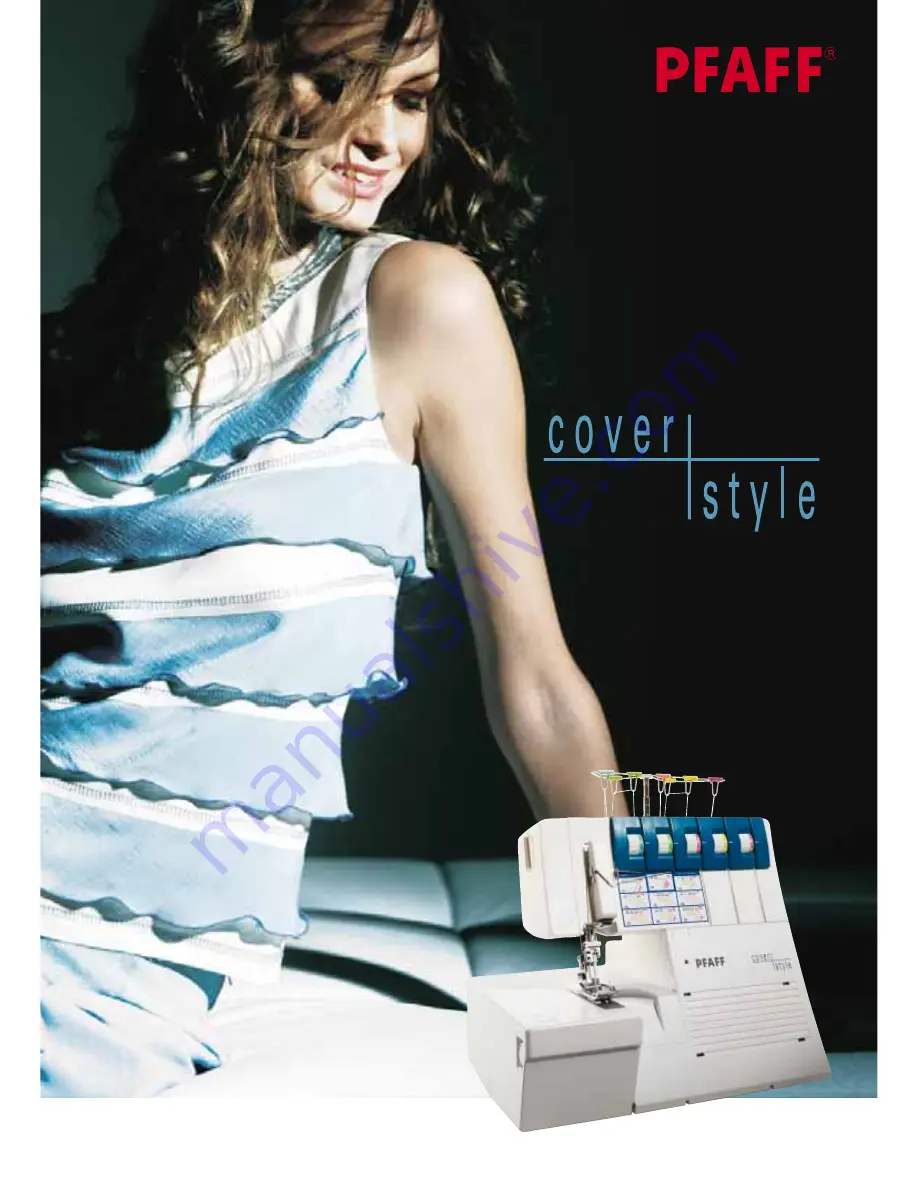Reviews:
No comments
Related manuals for Coverstyle

Z01
Brand: Hagan Pages: 6

2030DC
Brand: Janome Pages: 44

ME 4018
Brand: Janome Pages: 63

Lavina 25L HV Pro
Brand: Superabrasive Pages: 29

Galaxy e500
Brand: Fellowes Pages: 105

Scrubtec 770 L
Brand: Nilfisk-ALTO Pages: 64

d-Copia 5002MF
Brand: Olivetti Pages: 269

14 Minute
Brand: Radio Shack Pages: 20

SPMVR2520
Brand: Spektrum Pages: 44

SP-15
Brand: Koblenz Pages: 8

Premium Stringer 7600
Brand: PENTA Pages: 13

FY500-1
Brand: Yamata Pages: 25

M40
Brand: Riccar Pages: 21

Lock RL 603
Brand: Riccar Pages: 22

818R
Brand: VLX Pages: 324

STANDARD COMB BINDER 8
Brand: Q-Connect Pages: 6

2610E
Brand: Golden Eagle Pages: 50

Designer Ruby Deluxe
Brand: Husqvarna Viking Pages: 120


